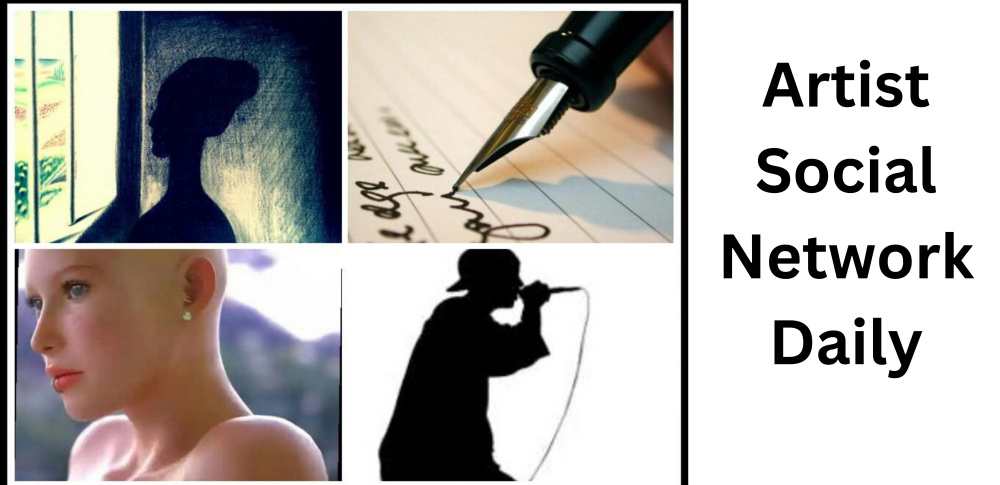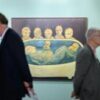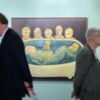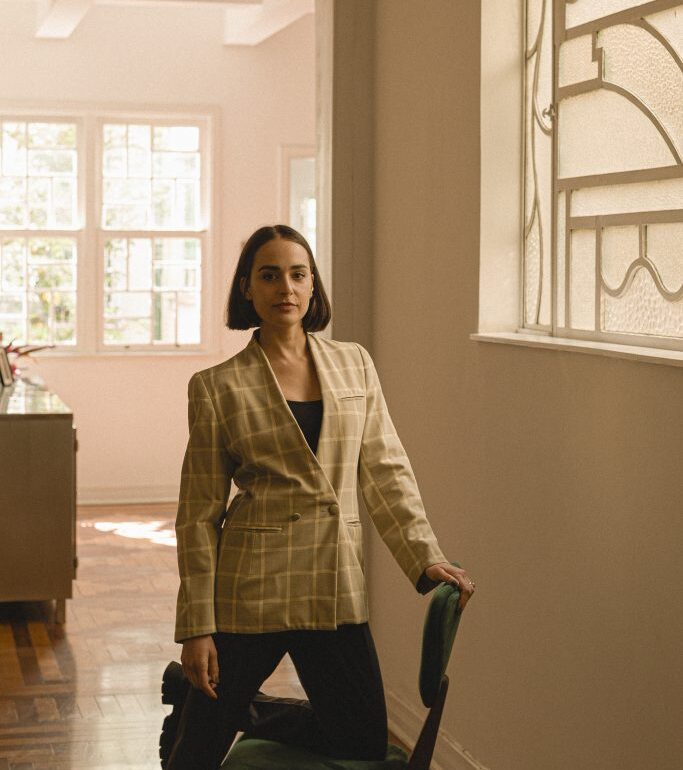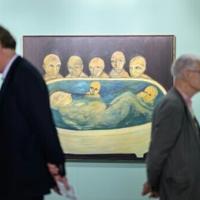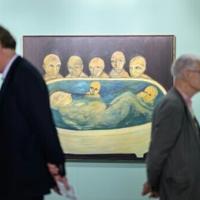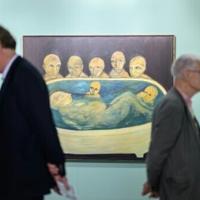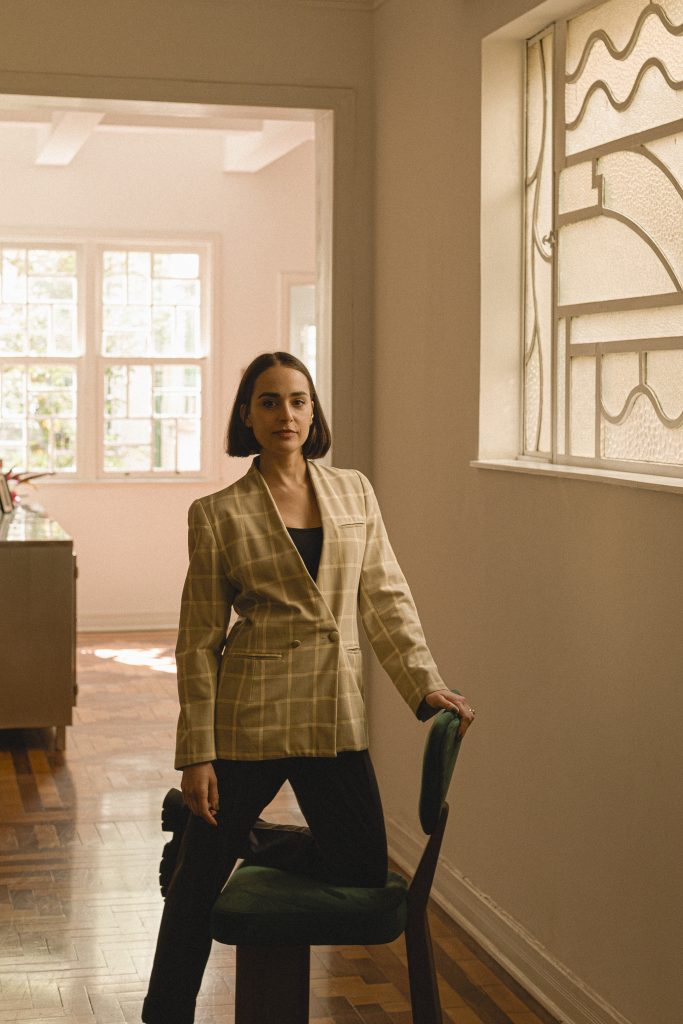 Victoria Zuffo/Photo: Ana Pigosso
Victoria Zuffo/Photo: Ana PigossoIn May, when thirty-seven-year-old Victoria Zuffo finishes her three-year tenure as president of ABACT (Associação Brasileira de Arte Contemporânea (Brazilian Association of Contemporary Art), with about sixty affiliated galleries), she and her team will have achieved a major feat: the first and largest comprehensive study on Brazil’s art world. The study was conducted throughout 2024 based on data from 2023, furnished by ABACT’s affiliated galleries north and south, and recently launched in Portuguese and English editions. The herculean work was accomplished along with of Latitude Brasil and Apex, the government’s Brazilian Trade and Investment Promotion Agency. Prior to her presidency in this prestigious nonprofit organization, Zuffo was the association’s treasurer. (The present treasurer is Alexandre Roesler, associate director of Galeria Nara Roesler).
Not only that, Zuffo and ABACT have long battled for the federal government to lower Brazil’s VAT system, still waiting for presidential approval. The proposed measure would reduce the sales tax on local artworks, stimulating exports, a trend adopted by France, Germany, Hong Kong and the United States, among others, that has positively impacted art sales in these countries.
After receiving her degree in business management, Zuffo headed for mergers and acquisitions in the financial market. Later, she engaged in her family’s cemetery business before heading to the art world. Since 2014, Zuffo and her partner Paulo Kassab, Jr. have been running Galeria Lume in the Jardins area. Lume is a leading contemporary gallery with a portfolio of twenty-five artists, among them, Luiz Hermano, Marilá Dardot, Lucas Dupin and Nazareth Pacheco.
Victoria, let’s begin by talking about the size of the present Brazilian art market.
Despite all the financial challenges and impacts of the pandemic, the Brazilian art market showed resilience and growth in 2023 with the sector generating approximately $484 million. According to the research conducted all throughout 2024, the number indicates twenty-one-percent growth compared to 2022, corresponding presently to 0.89 percent of the global art market.
Traditionally, the Rio de Janeiro-São Paulo axis, as we call it, concentrates the majority of art-market sales. Compared to the rest of the country, how large is this share?
São Paulo and Rio prevail with eighty-two percent of Brazil’s galleries in both cities. However, the number shows a slight decline in comparison with the research conducted before the present study, which pointed to eighty-four percent. The figure suggests a decentralization, but it’s too small to indicate a consolidated trend.
What are the main countries for Brazilian art exports?
The primary countries for export in 2023 were the United States, United Kingdom, France, Switzerland and Belgium, with the five countries sharing ninety percent of our exports in art, when the prior research showed ninety-one percent. The current data also points to a significant change with France and Belgium replacing Portugal and Hong Kong.
Who are the Brazilian galleries with branches abroad?
Fortes D’Aloia & Gabriel, Martins & Montero, Mendes Wood DM, Nara Roesler and Zielinsky, first founded in 2015 in Barcelona and since 2024 with a branch in São Paulo.
Average price of works of art sold in Brazil?
Works of art priced up to $8,350 represent fifty-nine percent of the income of the galleries. The Brazilian art market is dominated by sales below $25,000, with the largest concentration in the range of up to $8,350. Some galleries operate exclusively in this price range that supports more affordable works. Art priced over $50,000 represents a small slice of the market and are sold in only a few specialized art galleries.
Preferred categories of artwork by local art collectors?
Here the market is dominated by traditional forms of art: painting and sculpture. However, other media such as photography and works on paper are relevant in specialized niches. Painting is the top category with fifty-six percent of total sales, with some galleries having a full one-hundred-percent dependency in the category. These results follow global trends. According to the research and consulting firm Art Economics, painting represents sixty-four percent of global sales, a higher percentage when you compare it to the Brazilian market. As for sculpture, it is a less dominant medium, with an average of seventeen percent in our market, but some galleries revealed seventy-three percent of their revenue comes from sculpture, indicating an appeal of the tridimensional medium in specific niches.
Finally, according to the current research, what are the main challenges stressed by most Brazilian art galleries?
Above all, more efficient public policies. Latitude’s research aims to fill data gaps and to confirm that it is possible to fight for our sector in the political sphere to help government advance more efficient public policies. Secondly, the high cost of present policies, rules and regulations, such as deficient infrastructure, complex taxation, slow customs procedures, excess of red tape, etc. Thirdly, the geographic concentration in the Rio-São Paulo axis goes beyond the galleries. It reflects, among others, the absence in the other states of institutions with means and autonomy, indicating the lack of incentives in cultural projects, including artistic residences and educational centers for contemporary art.
ABACT
Latitude Brasil
ApexBrasil
Galeria Lume, São Paulo
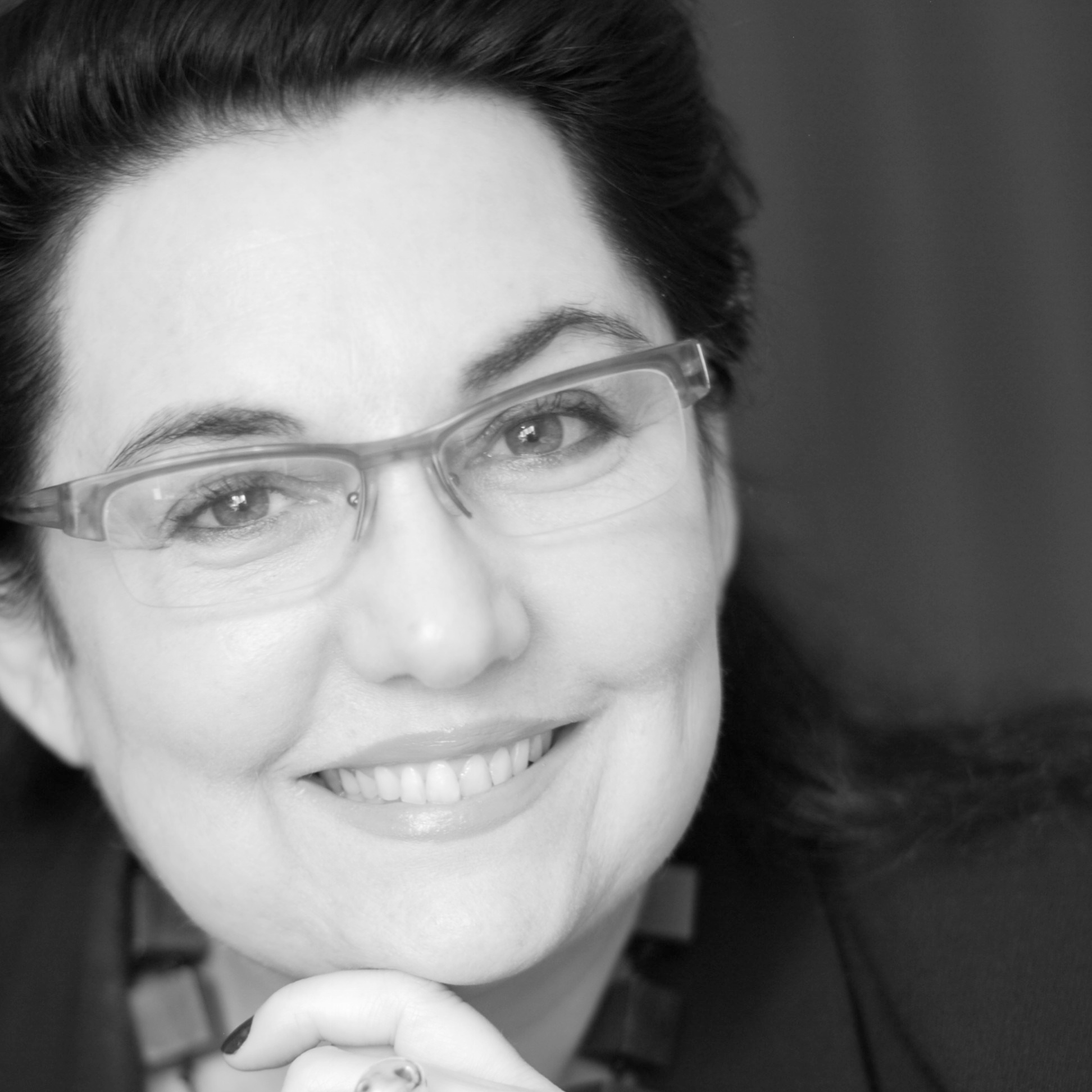

Rio-born Cynthia Garcia is a respected art historian, art critic and journalist fluent in five languages stationed in São Paulo. Cynthia is a recipient of the 2023 APCA (Paulista Association of Art Critics) award as a contributing editor of Newcity Brazil since its founding in 2015. Her daughter America Cavaliere works in the contemporary art market and her son Pedro Cavaliere, based in LA, is in the international DJ scene.
Contact: [email protected], www.cynthiagarcia.biz
This post was originally published on this site be sure to check out more of their content
